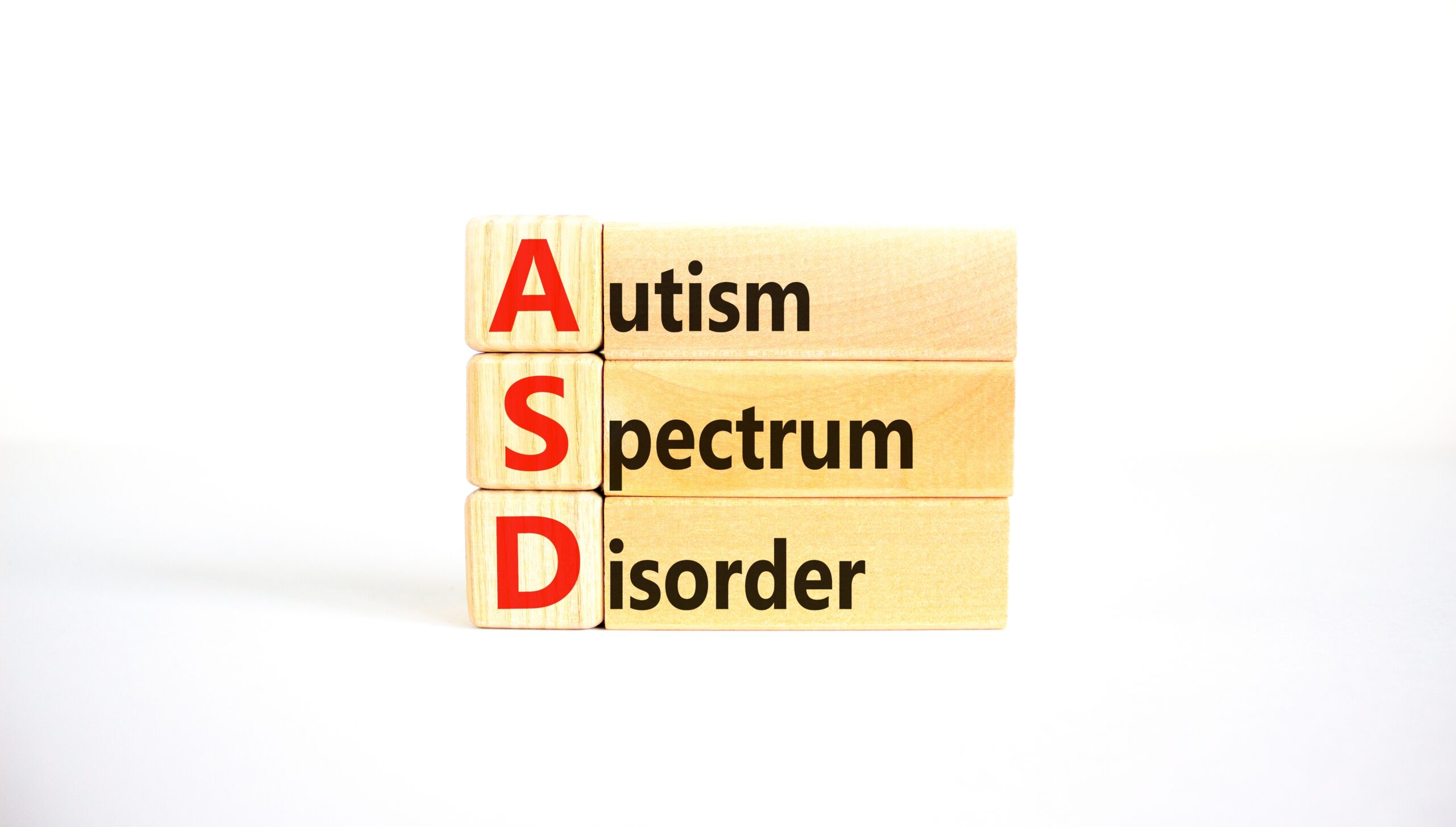One touch on the hotel elevator button can deliver you more bacteria than a public toilet seat—yet almost no one thinks twice before pressing it.
Quick Take
- Hotel elevator buttons harbor up to 40 times more bacteria than toilet seats.
- Pathogen contamination from elevator buttons spreads rapidly to other lobby surfaces.
- Hand hygiene and avoiding face-touching after contact are the best defenses.
- Hotels are racing to adopt touchless and antimicrobial solutions, but risks remain high.
Hotel Lobbies: Hidden Hotspots of Contamination
Every traveler expects the hotel lobby to be a safe, if transient, haven—a place for hellos, goodbyes, and the clatter of rolling suitcases. But beneath the sleek veneer lies an invisible ecosystem of bacteria. Multiple studies over the past decade have crowned the humble elevator button as the dirtiest surface in the entire lobby, outpacing even the most maligned public toilet seats by a factor of forty. The reason is simple: elevator buttons experience relentless, round-the-clock contact from hundreds of hands, each one unwittingly depositing and picking up microbial hitchhikers.
Hotel lobbies, unlike restrooms, rarely have cleaning schedules targeting buttons between every user. The lobby’s status as a crossroads for guests, staff, and delivery personnel only compounds the problem, transforming the elevator button from a minor fixture into a central node of contamination. The real shock comes from research that mapped out how, within just four hours, viral tracers placed on these buttons can be found on at least thirteen other surfaces, including door handles, counters, and pens at the front desk. The elevator button is not merely dirty; it is the launchpad for a microbial relay race.
The Science Behind the Germ Spread
Quantitative data from recent peer-reviewed studies paints a stark picture: elevator buttons are streaked with colony-forming units (CFUs) at levels that dwarf even high-traffic bathroom fixtures. During the COVID-19 pandemic, urgency around this issue spiked, prompting researchers to use viral tracers and direct observation to follow the path of contamination. The results confirmed that elevator buttons are superspreaders—not of fear, but of bacteria and viruses. While most of the organisms detected are not immediately harmful, the lurking risk comes from the transmission of more serious pathogens like norovirus, E. coli, and MRSA, which have all been linked to outbreaks originating from contaminated public surfaces.
The interconnectedness of lobby touchpoints means that one careless press can convert a sanitized environment into a petri dish within hours. Researchers and infection control experts have repeatedly sounded the alarm: hand hygiene is non-negotiable, and the seemingly minor act of face-touching after pressing an elevator button can undermine even the best cleaning protocols.
Industry Response and Behavioral Gaps
Hotel management teams have not been idle in the face of these findings. Many properties have ramped up cleaning protocols, investing in antimicrobial coatings and deploying legions of cleaning staff to focus on high-touch points. Some have gone futuristic, installing touchless elevator technologies that allow guests to summon a lift with a wave or a smartphone tap. Hand sanitizer stations now stand sentry at elevator banks in many modern hotels, a tacit admission of the risks their buttons present.
Despite these upgrades, behavioral research reveals a stubborn gap. Awareness among guests is high, but compliance with best practices—using elbows, tissues, or pens to press buttons, and sanitizing hands immediately afterward—remains inconsistent. The result: the elevator button continues to serve as an underappreciated vector for disease, especially during peak travel seasons or outbreaks of contagious illnesses. The onus falls not just on cleaning staff or technology, but on guests themselves to break the chain of transmission.
Looking Ahead: A New Frontier in Hospitality Hygiene
Public health authorities and industry experts agree on the critical need for visible, consistent hygiene interventions. The elevator button, once an afterthought, now garners outsized attention from both hotel designers and infection control specialists. The future may see elevators that rely entirely on touchless operation, or hotel lobbies engineered with antimicrobial materials as standard. Until then, vigilance is the watchword. The simple act of handwashing, combined with a cautious approach to shared surfaces, remains the most effective defense.
The next time you step into a hotel elevator, consider this: that innocuous button is a crossroads for the health habits of every guest who passed before you. Your best move? Treat it with the same suspicion you reserve for the dirtiest public toilet—and keep your hands, and your health, one step ahead of the invisible competition.
Sources:
PMC: Hotel Lobby Surface Contamination Study
Infection Control Today: Elevator Buttons vs. Toilet Seats
Upgraded Points: Going Up With Germs Study
Healthcare Dive: Hospital Toilets Cleaner Than Elevator Buttons








